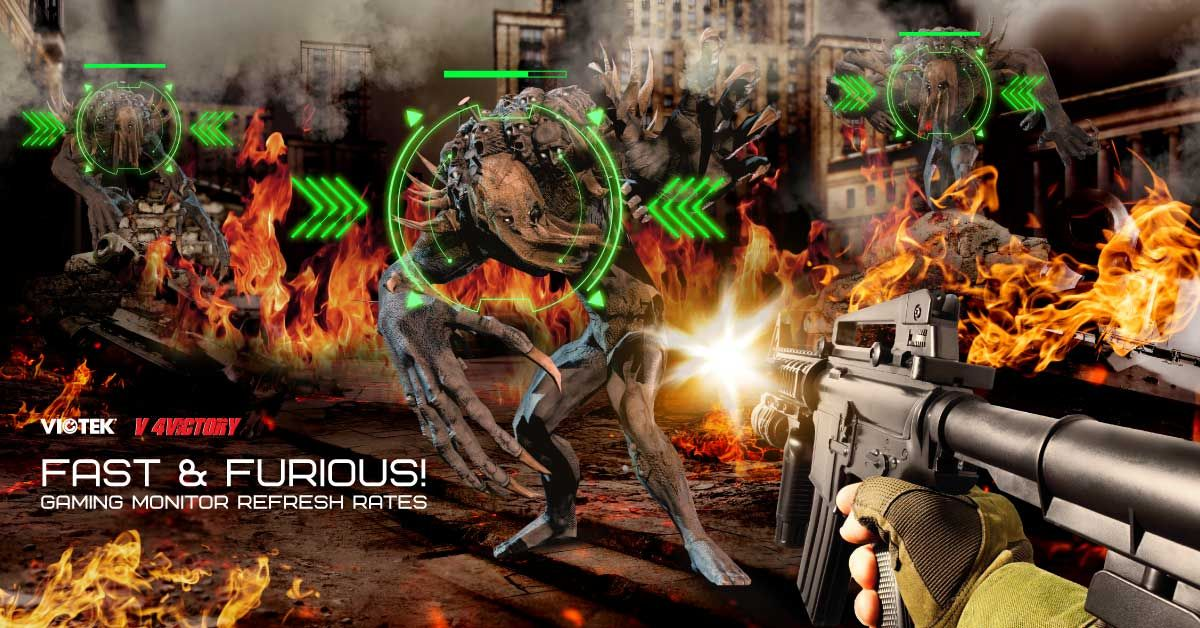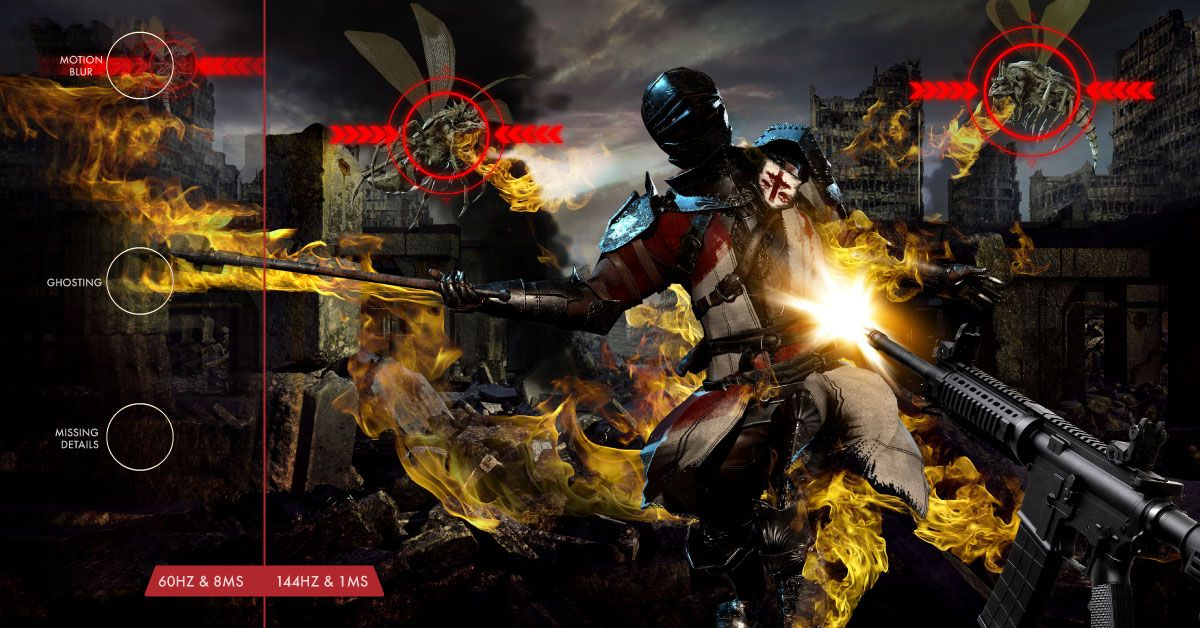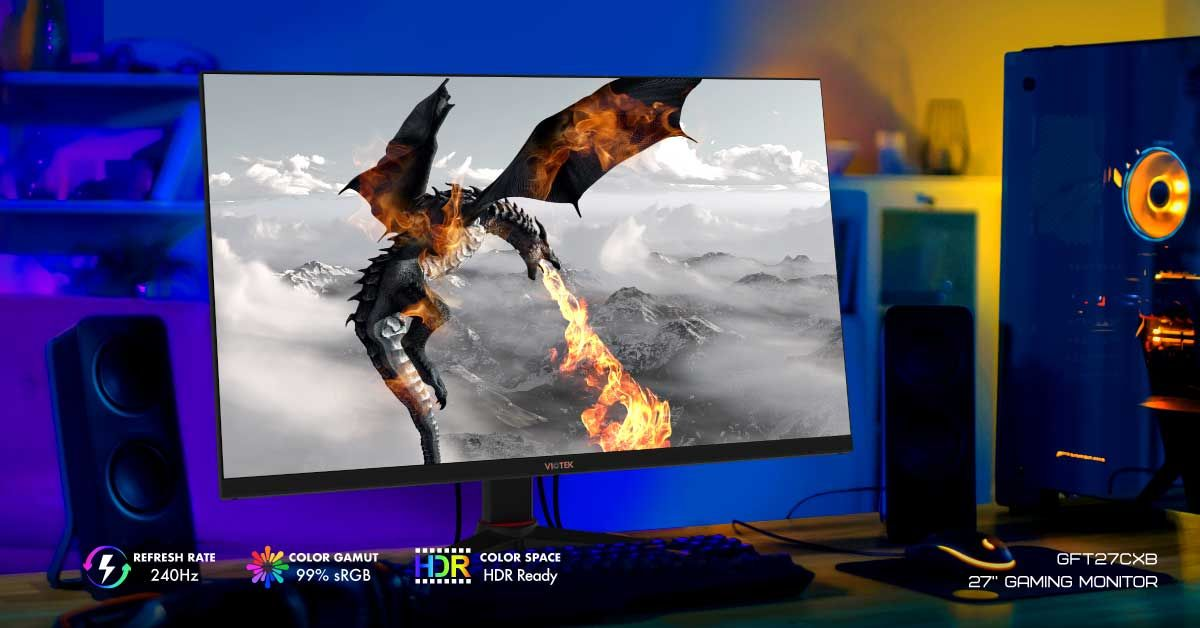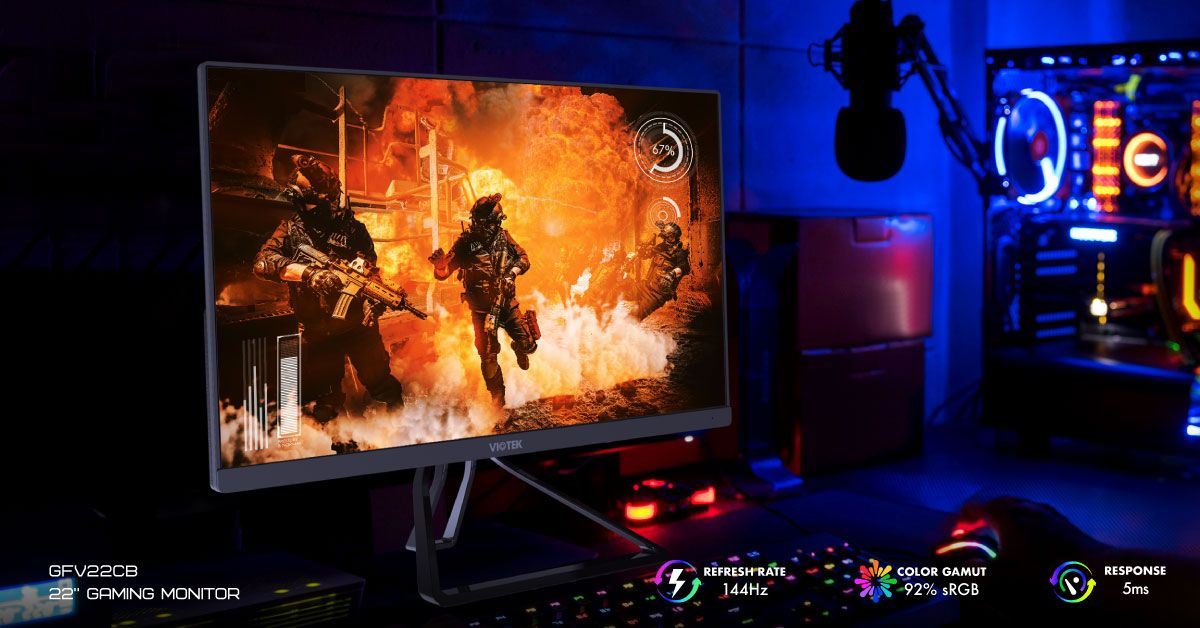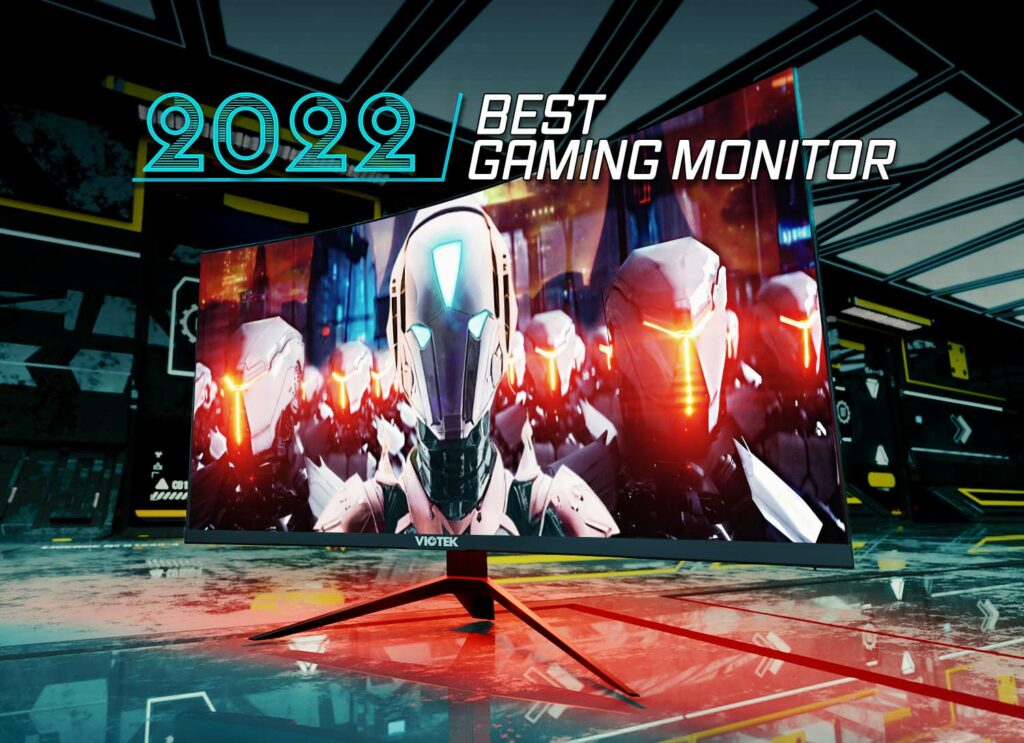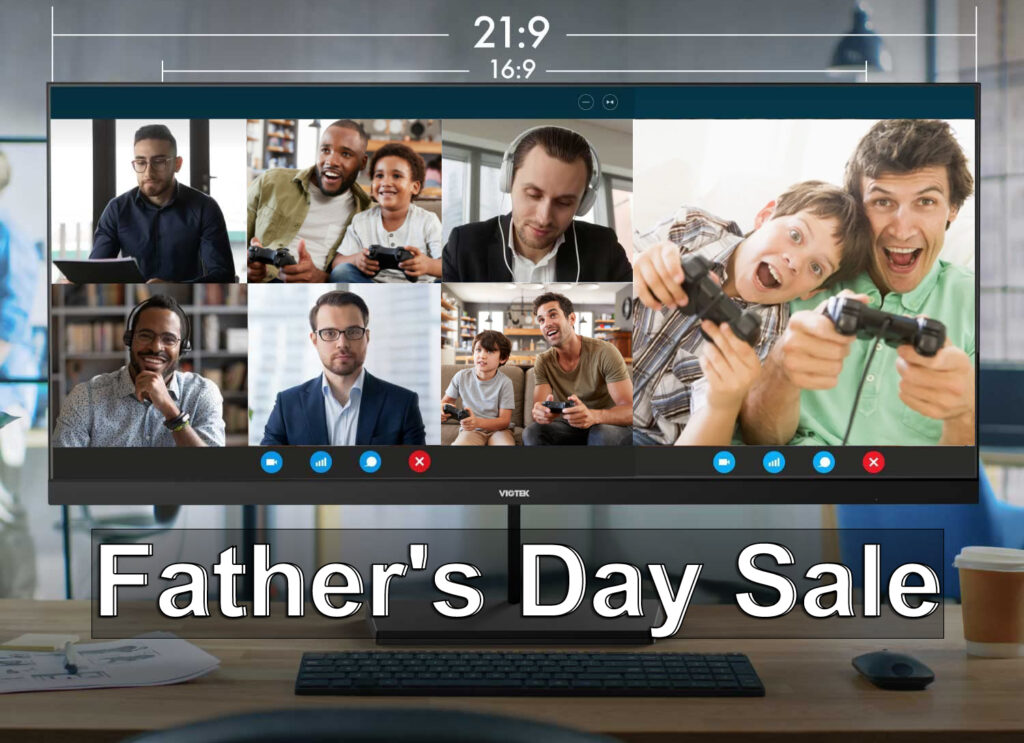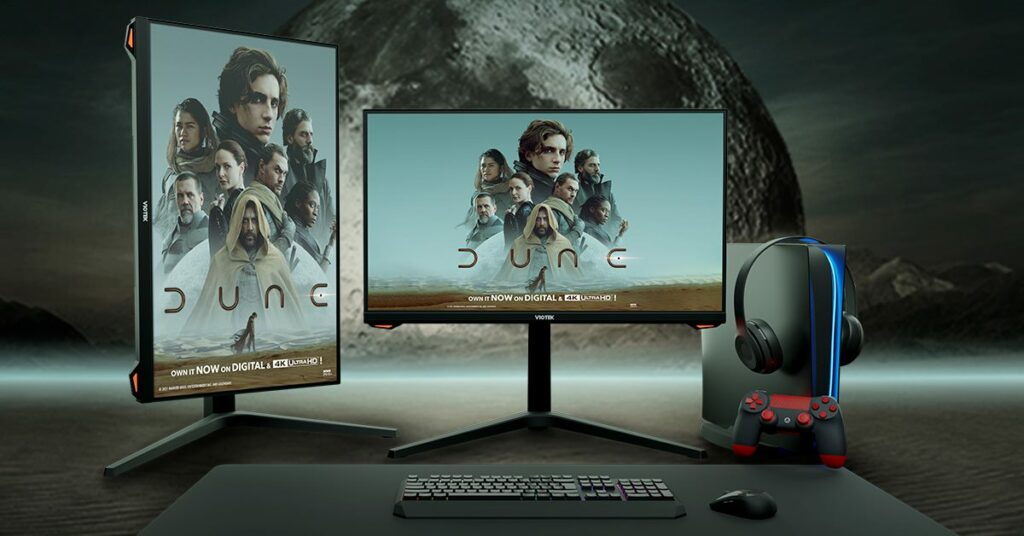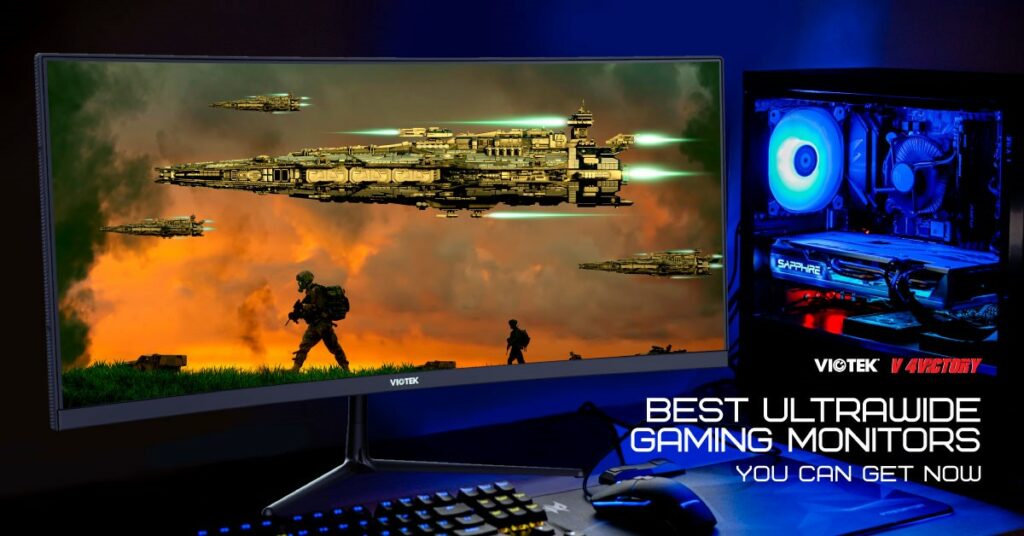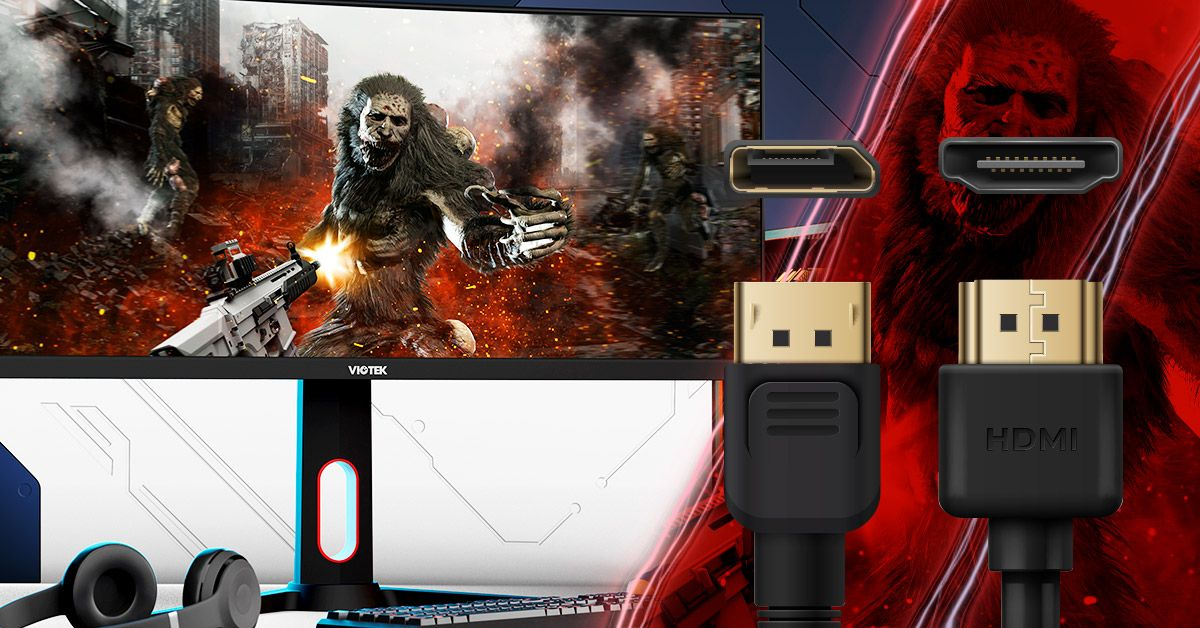When it comes to gaming monitor refresh rates, the mantra is “faster is better!”
But is that always true? The human eye can only see the equivalent of 60FPS, so why do we care about getting frame rates faster than that?
If you’re an action game enthusiast, you’re probably sick of hearing the claim that “we can’t see anything above 60FPS.” After all, when you get to those snowy areas in Ghost Recon: Breakpoint, your FPS dips from 90 to 75, and you can most definitely tell the difference.
So what’s going on?
Frame Rate Differences Matter More Than Absolute Frame Rates
Unless you’ve got superhuman vision, you can’t really tell the difference between a game running at 90FPS and a game running at 75FPS, as long as the frame rate is steady. However, if a game is running at 90FPS and then you hit a busy scene with lots of reflections or more enemies on the screen, causing the frame rate to dip, you’ll be able to tell that the frame rate has dropped.
That’s because the change in frame rate causes noticeable “stutters.” After frames flowing in at a steady rate, the drop to 75FPS creates a momentary lag that your brain can pick up on because it’s used to processing information at a different speed.
Refresh Rates and the Gaming Experience
Refresh rates matter because they determine what frame rate the monitor can display. Gaming monitor refresh rates usually start at 144Hz, but if you’re a more casual gamer who enjoys single-player experiences, a 75Hz monitor may be acceptable. Anything lower than that, and you’re likely to notice the drop in refresh rate.
A 144Hz monitor should offer a very smooth viewing experience. Someone who spends a lot of time playing fast-paced games may be able to tell the difference between a 144Hz monitor and a 165Hz monitor, but beyond that, it’s going to be hard for even a serious gamer to tell the difference.
Professional gamers who play eSports titles may experience some benefit from using a 240Hz monitor, but to take advantage of these monitors, you’ll also need a very powerful graphics card. Or, more accurately, you need to be playing a game that your machine can run at an incredibly high rate.
If you bought a 240Hz monitor with the plan of playing For Honor, for example, you’d probably be disappointed that you noticed no improvement in how the game felt because its frame rate is capped even on PC.
144Hz vs. 165Hz vs. 240Hz
Avid eSports fans who cannot tolerate any input lag and want a completely smooth experience at all times should look for a 240Hz monitor. The GFT27CBX is an example of a 240Hz monitor with a TN panel and 1ms response time, available for around $300.
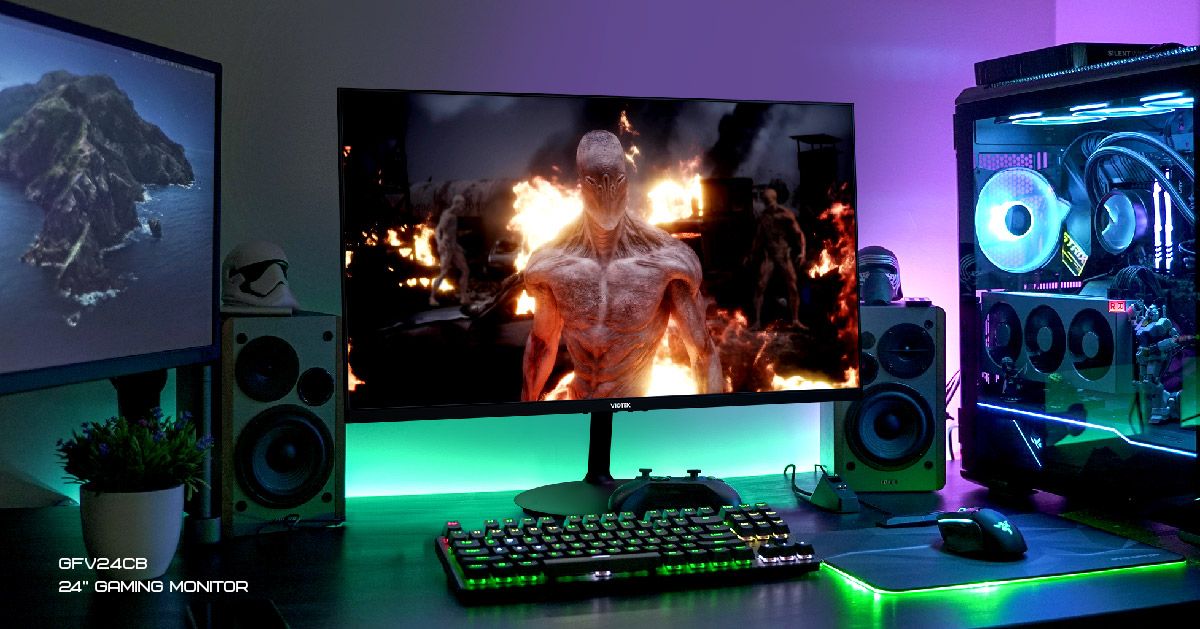 TN panels are incredibly popular among eSports fans, and the GFT27CBX is a modern TN panel with 99% sRGB color reproduction, which is far better than many older TN panels were capable of producing. The trade-off for the fast refresh rate is that viewing angles are poor, so this is definitely a monitor designed for at-the-desk use.
TN panels are incredibly popular among eSports fans, and the GFT27CBX is a modern TN panel with 99% sRGB color reproduction, which is far better than many older TN panels were capable of producing. The trade-off for the fast refresh rate is that viewing angles are poor, so this is definitely a monitor designed for at-the-desk use.
If you’re looking for something a little more versatile that allows you to be competitive in CS: GO but that you’ll also enjoy using to lie back and watch a movie, the GFV24CB is a good choice. This is a 165Hz monitor with a VA panel, providing good refresh rates, strong color reproduction and good viewing angles. The response time is poorer than with TN panels, but Adaptive Sync technology helps reduce screen tear and ghosting.
Gamers on a budget may find the GFV22CB an appealing option. This is a 144Hz 1080P monitor in the sub-$175 price range. The space-saving design makes it ideal for college dorms, a kid’s bedroom, or a home office. Features like AMD FreeSync and the GAMEPLUS targeting crosshairs help this monitor punch above its weight performance-wise, allowing you to play for longer and giving you a competitive edge in shooters and other fast-paced games.
When you’re building a new PC, don’t neglect the monitor. You need a good processor and GPU to get stable frame rates, but you also need the right panel and the right refresh rate to be able to truly appreciate the graphics your machine is putting out. Thankfully, Viotek has you covered with a huge selection of excellent monitor options.

